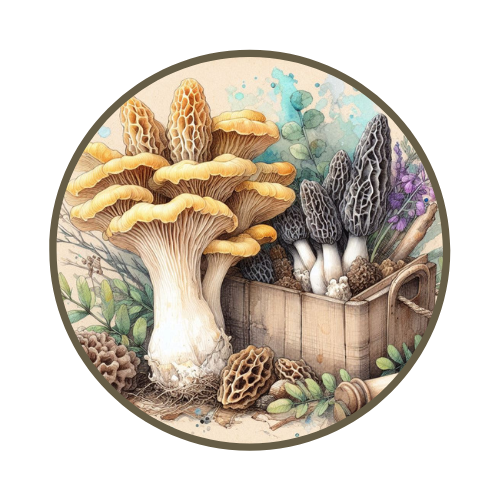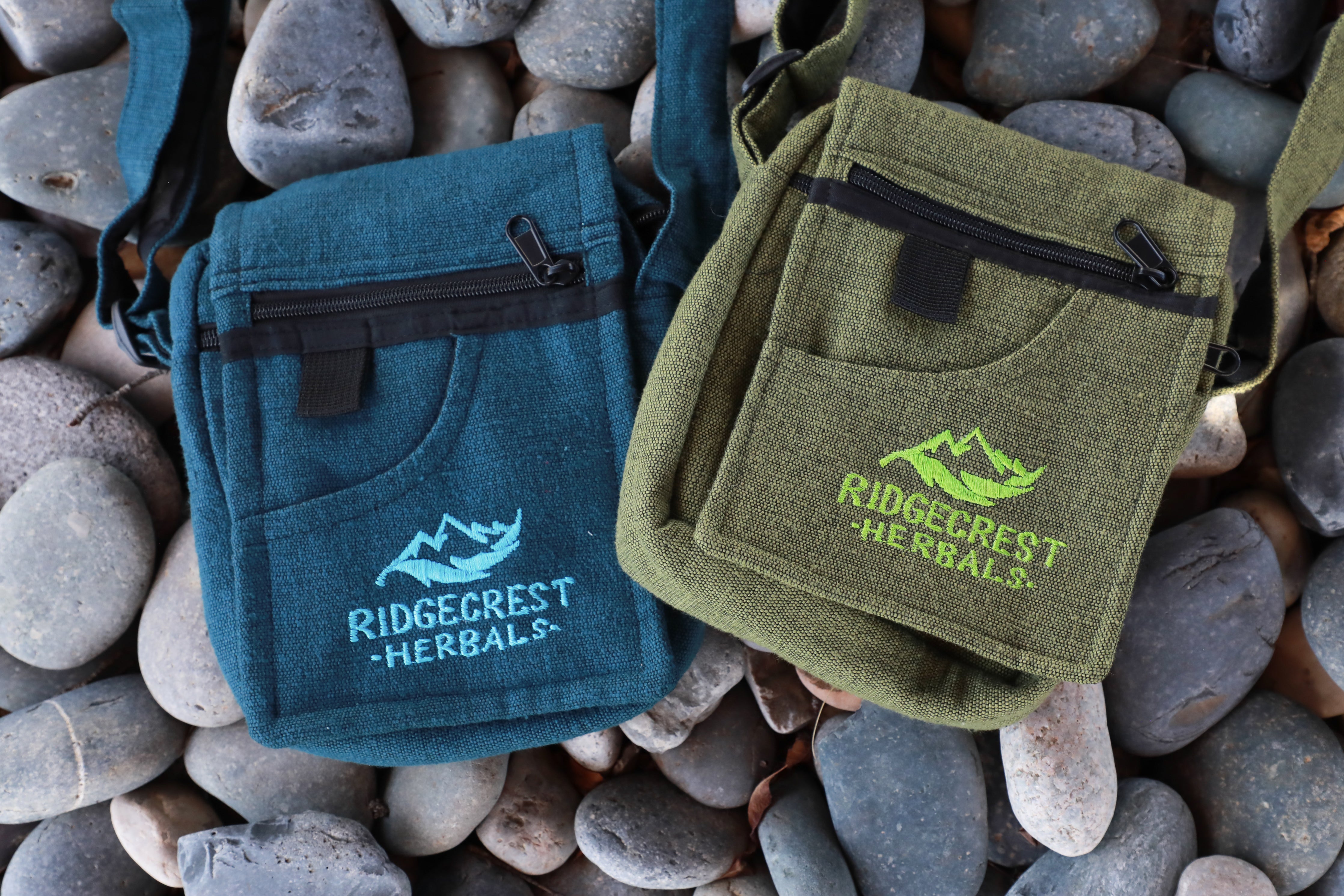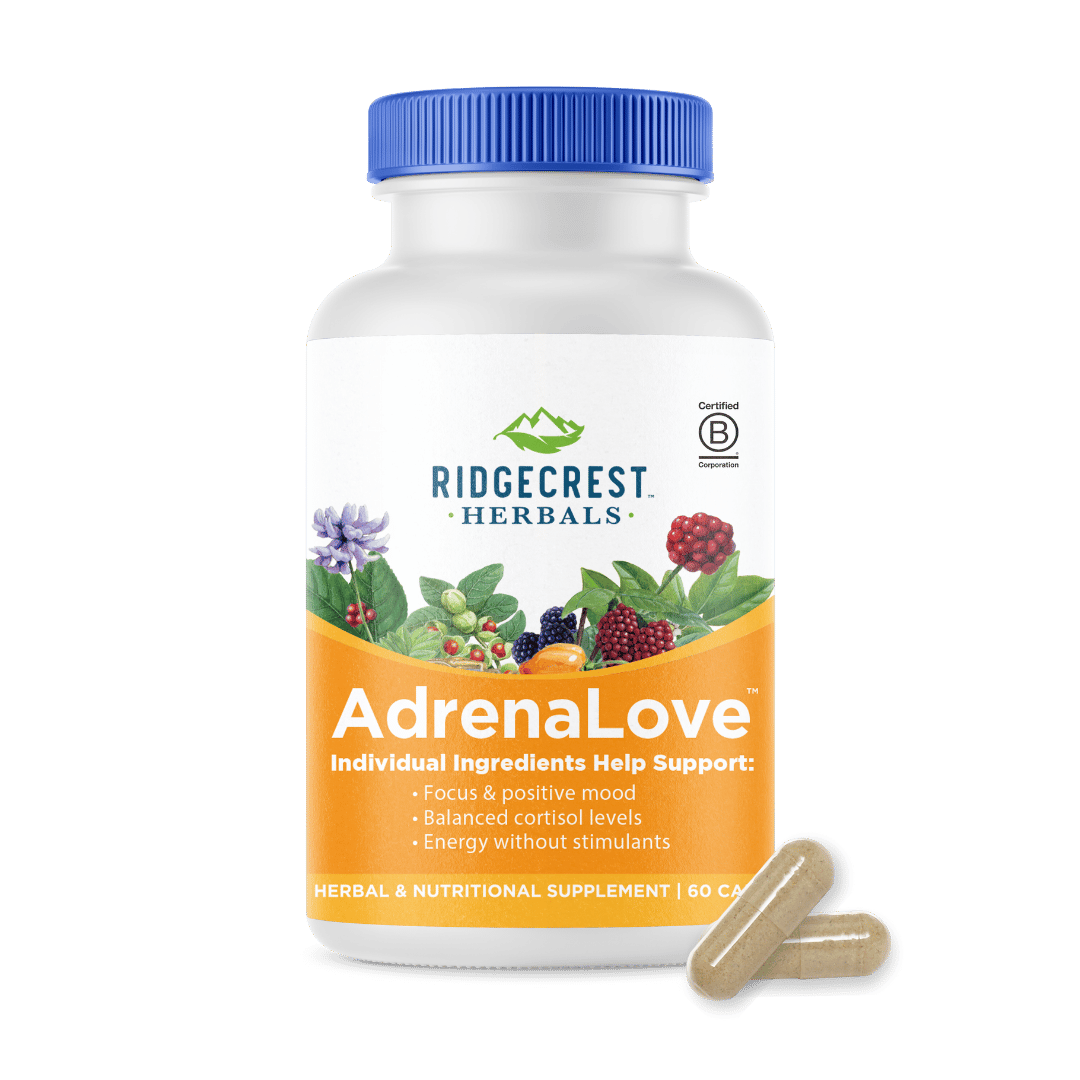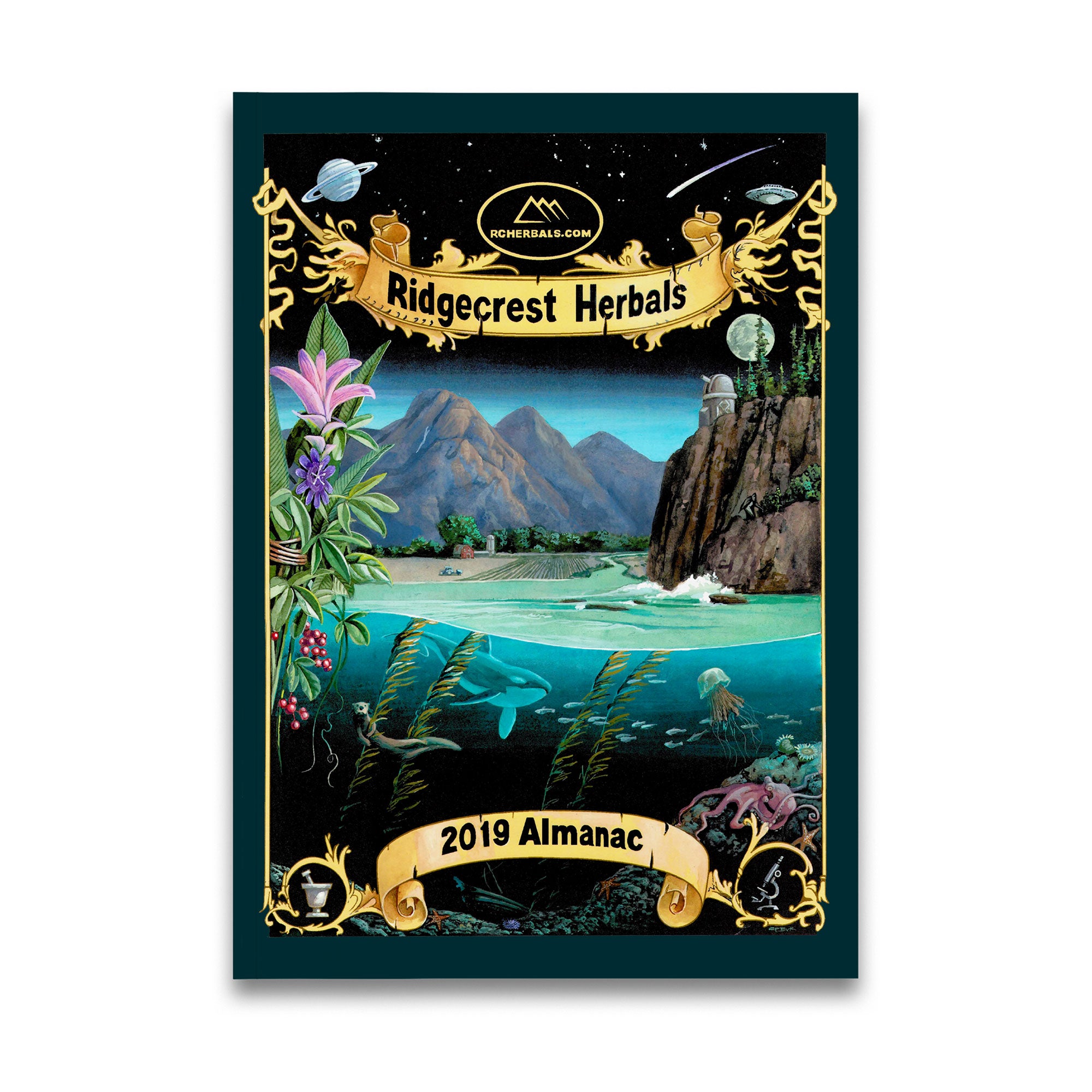First thing’s first before you start out on your journey to find wild edible mushrooms: purchase a mushroom identification guidebook. Mushrooms can look very similar and mistaking a mushroom for its poisonous counterpart could prove deadly. Please remember to never eat any mushroom if you’re not entirely sure what it is. All that said, these next five mushrooms should prove relatively easy to identify, primarily because most of them don’t have regular gills.
Oyster Mushrooms:

Morel Mushrooms:
 The two most important features to examine when trying to identify a morel mushroom are the cap shape and whether the interior is hollow. Morels have a pitted and deeply ridged, honeycomb-like cap. Most morels will be attached to the stem, they aren’t free as with other mushrooms. They like to hang around trees, particularly ash, elm, and apple trees. They are spring mushrooms and do need to be cooked before eating. Beware of the look-alike false morel: it is not hollow on the inside.
The two most important features to examine when trying to identify a morel mushroom are the cap shape and whether the interior is hollow. Morels have a pitted and deeply ridged, honeycomb-like cap. Most morels will be attached to the stem, they aren’t free as with other mushrooms. They like to hang around trees, particularly ash, elm, and apple trees. They are spring mushrooms and do need to be cooked before eating. Beware of the look-alike false morel: it is not hollow on the inside.

King Bolete Mushrooms:
 Also known as Porcini mushrooms, there are several tasty varieties. They typically show up in the summer or fall around oak trees. They do not like acidic soil. Boletes do not have gills under their cap but have a yellow or brownish spongy surface of pores. The cap looks like a slightly greasy bun, with the color ranging from yellow-brown to reddish-brown. The stem is usually quite thick, club-shaped, solid, and white. When cut, the flesh should remain white. There are only a few toxic varieties of this mushroom, which turn blue when cut or bruised. These poisonous varieties also have a spongy surface of pores that are red in color. Careful: worms and maggots like to take up residence in these mushrooms. Make sure to give them a good inspection before throwing them into the skillet.
Also known as Porcini mushrooms, there are several tasty varieties. They typically show up in the summer or fall around oak trees. They do not like acidic soil. Boletes do not have gills under their cap but have a yellow or brownish spongy surface of pores. The cap looks like a slightly greasy bun, with the color ranging from yellow-brown to reddish-brown. The stem is usually quite thick, club-shaped, solid, and white. When cut, the flesh should remain white. There are only a few toxic varieties of this mushroom, which turn blue when cut or bruised. These poisonous varieties also have a spongy surface of pores that are red in color. Careful: worms and maggots like to take up residence in these mushrooms. Make sure to give them a good inspection before throwing them into the skillet.

Lobster Mushrooms:
 These aren’t actually a mushroom, though they are often mistaken for one! They are a fungus that grows on certain species of mushrooms, engulfing its host, called Sac fungi. Lobster Mushrooms have a hard red-to-orange exterior and a white interior, like (surprise) a lobster. They are typically found in old growth forests from late summer to fall. The best part? There are no poisonous look-alikes of this variety!
These aren’t actually a mushroom, though they are often mistaken for one! They are a fungus that grows on certain species of mushrooms, engulfing its host, called Sac fungi. Lobster Mushrooms have a hard red-to-orange exterior and a white interior, like (surprise) a lobster. They are typically found in old growth forests from late summer to fall. The best part? There are no poisonous look-alikes of this variety!

Chanterelle Mushrooms:
 Being able to recognize false gills is the most critical skill for chanterelle identification. False gills appear as forked folds or interlaced wrinkles on the underside of the mushroom, are not easily removed, and look as though they may have “melted.” True gills can be picked off and separated. The cap is either convex or vase-shaped with a yellow to orange color. The stems are solid, about the same color as the cap, and the flesh is white. Chanterelles have a fruity aroma similar to apricots. These are typically found from mid-summer to early fall on the ground in a variety of hardwood forests after the first rainfall. The toxic look-alikes of this variety are easy to distinguish because they have true gills rather than blunt ridges.
Being able to recognize false gills is the most critical skill for chanterelle identification. False gills appear as forked folds or interlaced wrinkles on the underside of the mushroom, are not easily removed, and look as though they may have “melted.” True gills can be picked off and separated. The cap is either convex or vase-shaped with a yellow to orange color. The stems are solid, about the same color as the cap, and the flesh is white. Chanterelles have a fruity aroma similar to apricots. These are typically found from mid-summer to early fall on the ground in a variety of hardwood forests after the first rainfall. The toxic look-alikes of this variety are easy to distinguish because they have true gills rather than blunt ridges.

Resources & References: www.mushroom-appreciation.com, www.mushroom.world, urbanmushrooms.com







1 comment
Dianne Coker
I love mushrooms, this was so informative. I would like to know how to grow them. I have been a 🐝 keeper for 20Years
Thank you for all your articles that help me understand the world we live in.
Leave a comment
All comments are moderated before being published.
This site is protected by hCaptcha and the hCaptcha Privacy Policy and Terms of Service apply.